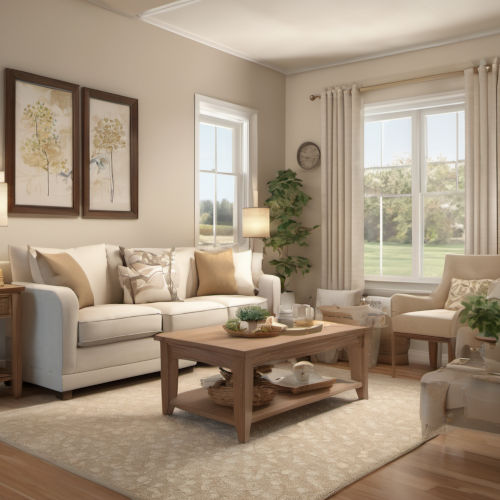
When Is It Time to Install Senior Safety Features at Home?
Installing senior safety features at home is an essential step for families who want to help their loved ones age safely in place. By...
Posted by

As our loved ones age, ensuring their safety and well-being at home becomes a top priority. A safe environment can help prevent accidents and provide peace of mind for both seniors and their caregivers. In this article, we will discuss the different tasks involved in preparing a home to be a safe environment for an older adult or parent. We will also offer tips for understanding the process of making a home safe, present common safety hazards that seniors are susceptible to, and provide a sample checklist to help make a home safer. Finally, we will discuss when it might be time to consider assisted living for an older adult.
Creating a safe environment for seniors starts with understanding their unique needs and potential hazards in the home. This involves a thorough assessment of the living area and making necessary adjustments to reduce risks. Start by observing how the senior moves around the house and identify any challenges they face. Consider their mobility, vision, hearing, and cognitive abilities when assessing the home.
Communication is key in this process. Talk to your loved one about their concerns and preferences. They may have valuable insights into what makes them feel safe and comfortable. Additionally, consult with healthcare professionals or occupational therapists who can provide expert advice on specific modifications that can enhance safety.
Once you have a clear understanding of the needs and potential hazards, create a plan to address them. This may include rearranging furniture, installing safety devices, and making structural changes to the home. Remember, the goal is to make the home as safe and accessible as possible without compromising the senior's independence and dignity.
Seniors are particularly vulnerable to certain safety hazards in the home. Recognizing these hazards and taking steps to mitigate them is crucial in creating a safe environment. Here are some common safety hazards and tips on how to address them:
To help you get started, here is a sample checklist of things you can do to make a home safer for a senior citizen:
While making a home safe can greatly enhance a senior's quality of life, there may come a time when living at home is no longer viable. If your loved one requires more care than you can provide or if their safety becomes increasingly difficult to manage, it might be time to consider assisted living.
Signs that it may be time for assisted living include frequent falls, difficulty managing daily activities (such as bathing, dressing, and cooking), worsening medical conditions, and social isolation. Assisted living facilities offer a supportive environment where seniors can receive the care they need while maintaining a sense of independence and community.
In conclusion, creating a safe environment for seniors involves understanding their needs, recognizing common hazards, and taking proactive steps to mitigate risks. By following these guidelines and using the provided checklist, you can help ensure that your loved one's home is a safe and comfortable place for them to age in place. However, it's also important to recognize when additional support may be needed and to explore options such as assisted living to provide the best care for your loved one.

Installing senior safety features at home is an essential step for families who want to help their loved ones age safely in place. By...
Posted by

Choosing a nursing home is a complex decision that requires careful consideration of many factors, including your loved one's medical and...
Posted by

Navigating the complexities of long-term care can be daunting, whether for oneself or a loved one. Understanding the level of care required...
Posted by